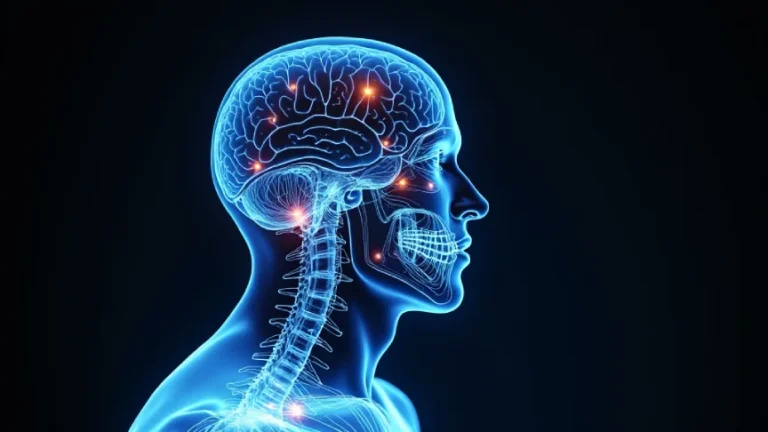
Varför vi blir rörda – och vad det säger om oss
Att bli rörd är en fascinerande och komplex känsla som många av oss upplever, men få av oss förstår fullt ut. Varför känner vi denna överväldigande känslostorm vid vissa tillfällen? Och varför verkar vissa människor mer benägna att bli rörda än andra? Låt oss utforska detta fenomen och avslöja några överraskande insikter om vår mänskliga natur.
Artikelns källor
➔-
- Zickfeld, J. H., Schubert, T. W., Seibt, B., & Fiske, A. P. (2019). Moving Through the Literature: What Is the Emotion Often Denoted Being Moved? Emotion Review, 11(2), 123–139. https://journals.sagepub.com/doi/full/10.1177/1754073918820126
-
- Panksepp, J. (1995). The emotional sources of ”chills” induced by music. Music Perception, 13(2), 171-207. https://online.ucpress.edu/mp/article-abstract/13/2/171/62283/The-Emotional-Sources-of-Chills-Induced-by-Music
-
- Zaki, J., & Mitchell, J. P. (2013). Intuitive prosociality. Current Directions in Psychological Science, 22(6), 466-470. https://journals.sagepub.com/doi/full/10.1177/0963721413492764
-
- Saarikallio, S., & Erkkilä, J. (2007). The role of music in adolescents’ mood regulation. Psychology of Music, 35(1), 88-109. https://journals.sagepub.com/doi/10.1177/0305735607068889
-
- Ekman, P. (2016). What scientists who study emotion agree about. Perspectives on Psychological Science, 11(1), 31-34. https://journals.sagepub.com/doi/full/10.1177/1745691615596992
-
- Aron, E. N., Aron, A., & Jagiellowicz, J. (2012). Sensory processing sensitivity: A review in the light of the evolution of biological responsivity. Personality and Social Psychology Review, 16(3), 262-282. https://journals.sagepub.com/doi/full/10.1177/1088868311434213
- Keltner, D., & Haidt, J. (2003). Approaching awe, a moral, spiritual, and aesthetic emotion. Cognition and Emotion, 17(2), 297-314. https://www.tandfonline.com/doi/abs/10.1080/02699930302297






